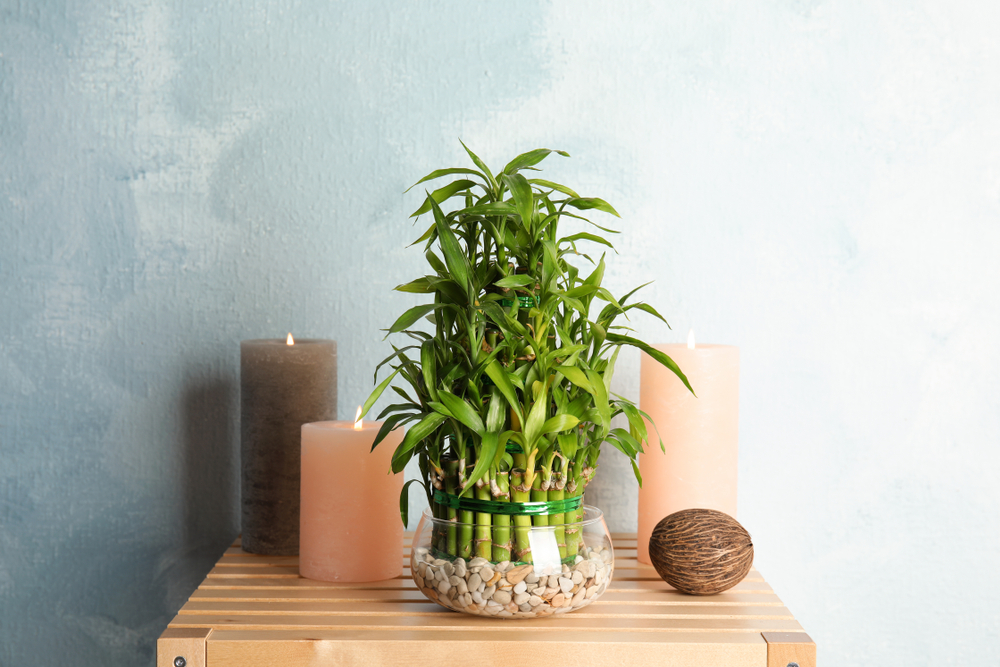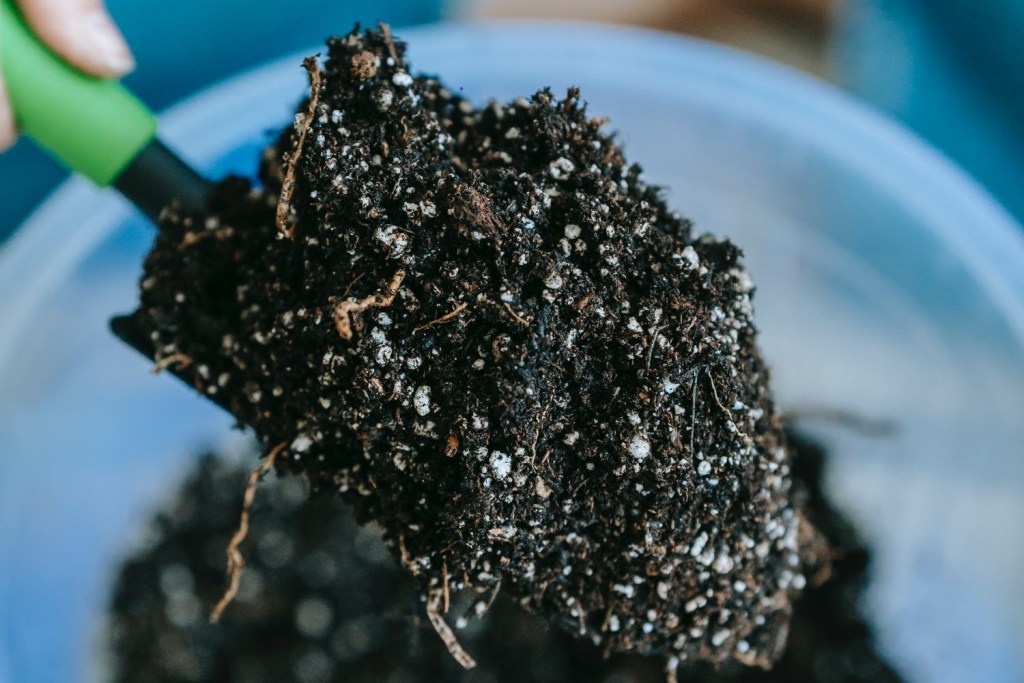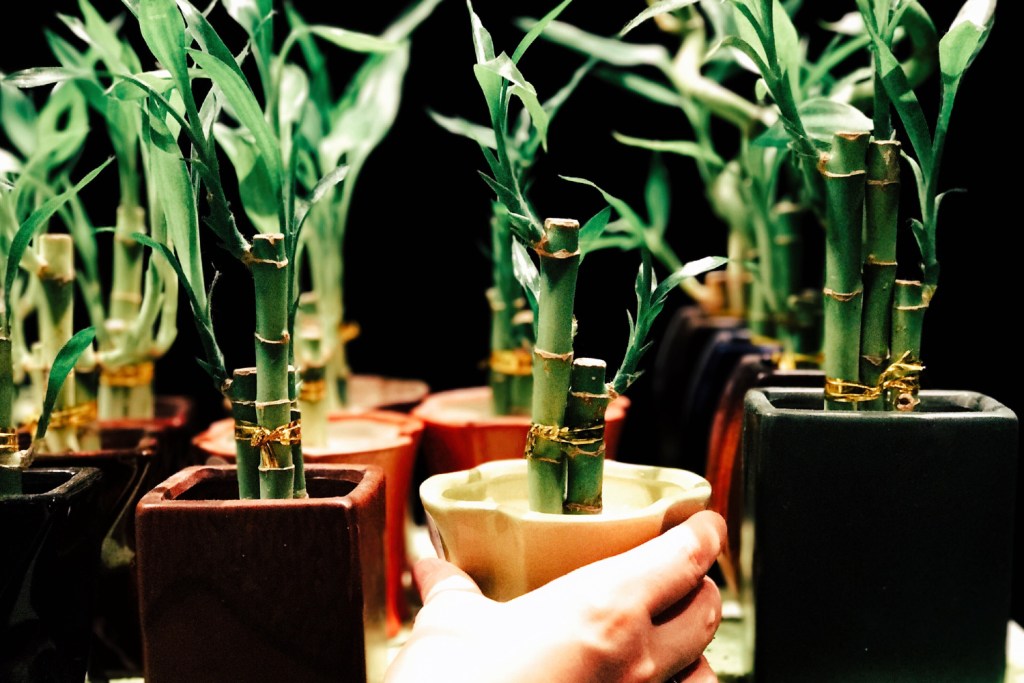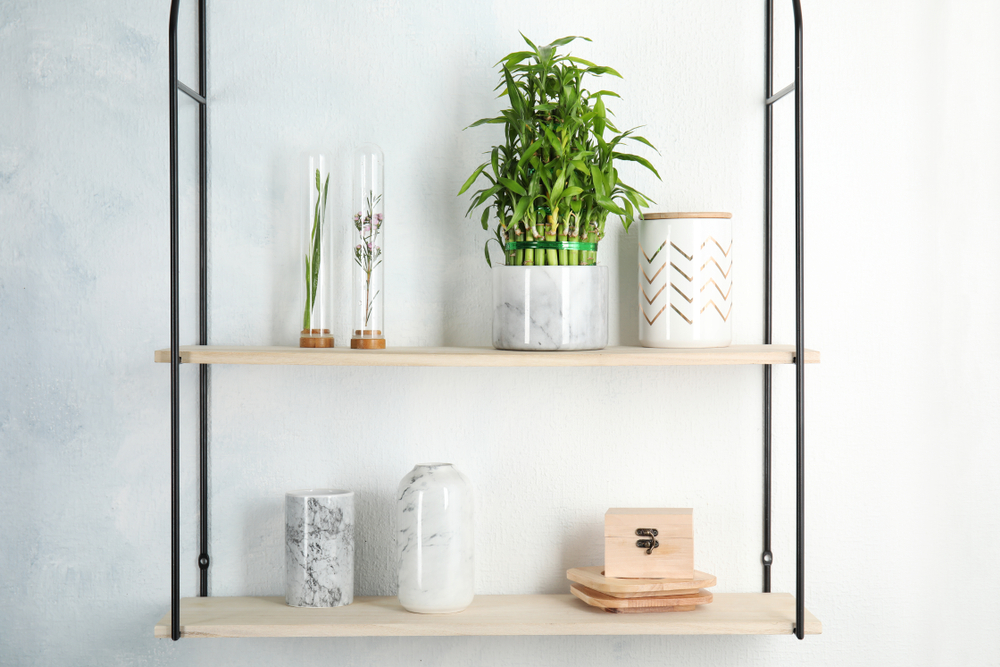Indoor plants are a great way to give a nice boost to the decor and feel of your home. Whether you’re planting a windowsill garden or just want to have a few plants on tabletops around your home, plants are great for mood-boosting and even for air purification. Bamboo is a popular indoor plant for its modern, minimalist appearance, and in some cultures, it’s even said to bring its owner good fortune. We’re going to discuss how to grow bamboo seeds into flourishing plants with the right soil, conditions, and care.

Is it easy to grow bamboo?
The process for growing bamboo plants from seeds is specific, but it isn’t all that taxing. The difficulty comes in obtaining viable bamboo seeds. Many bamboo varieties don’t flower for long periods of time, and when they do, the plant dies soon after. Furthermore, finding bamboo seeds to ship from overseas is made even more difficult with border regulations on such products. The best way to get viable bamboo seeds is to find someone local who is selling seeds.
What conditions do bamboo seeds need to grow?

Bamboo seeds need specific conditions in order to germinate, so you’ll need to prepare both the seeds and your growing medium prior to planting.
Prepare your growing medium
Be sure to use a growing medium that’s both well-draining and nourished with compost. Either a seed compost mix or a general compost mix will work well.
Temperature and humidity conditions are important
Bamboo grows naturally in warm, humid conditions, so your soil temperature, as well as surrounding temperatures, must be at the proper level for germination to take place. Your soil’s temperature should be between 68 and 78 degrees F.
Watering your bamboo seeds
While germinating, the bamboo seeds need to be well watered, but the soil shouldn’t be soggy. Make sure the soil stays moist and that it’s well-draining to avoid drowning your seeds.
Facilitate the right light conditions
While bamboo seeds like bright light, they cannot withstand direct sunlight. Be sure your germinating seeds are placed in a well-lit area that doesn’t catch any of the sun’s direct rays.
How to plant bamboo seeds

Break dormancy on hardened-off bamboo seeds
As with many seeds, bamboo seeds will harden off if they aren’t planted right away after being collected from the parent plant. If you find bamboo seeds and aren’t sure when they were collected, you may need to break their dormancy. Place your seeds in the refrigerator for a few weeks prior to sowing them in soil so that they’ll germinate after being planted.
Soak the seeds first
After you’ve broken their dormancy, your bamboo seeds will need to soak in tepid water for around 24 hours prior to planting. Be sure the soaking seeds aren’t placed in an area where temperatures fluctuate, as the water needs to remain at an ideal temperature of around 85 degrees while soaking.
Prepare your growing medium
While your seeds are soaking, it’s a good time to prepare your growing medium so that its conditions are also ideal for bamboo seed germination. Fill your pots or growing trays with your growing medium, and leave about half an inch of space at the top to cover the seeds.
Before you place the seeds, though, put your growing trays in a warm, shady place so the soil gets up to the proper temperature. You can secure a plastic bag over them to lock in warmth as well.
Place the bamboo seeds in the soil
Once the growing medium is between 68 and 78 degrees F, you can place your seeds. Space the seeds a couple of inches apart so that when they start to grow, their roots are far enough away from each other and won’t get entangled. Sprinkle a thin layer of additional compost mix on top of the seeds but just enough to cover the seeds and not smother them.
Keep your growing tray in a warm, moist environment for the germination period. It’s a good idea to re-cover the trays with a plastic bag to lock in warmth and humidity. Check the soil often and be sure to keep it moist but well-drained. Also make sure the area gets bright, indirect sunlight.
How long does it take to grow bamboo from seed?
The germination period for bamboo seeds is a maximum of 30 days. If any seeds haven’t sprouted at the 30-day mark, they likely weren’t viable. You could, however, start to see sprouts in as little as 10 days. As your bamboo seedlings grow, make sure none of the leaves touch the plastic that’s covering the growing tray, as those leaves will rot and likely kill the tiny, growing plant.
How to transplant bamboo seedlings

After 30 days, carefully transplant your seedlings into pots that are a bit larger. You still want pots to be fairly small to avoid excess space that promotes root rot, but the pots should be big enough to allow the roots to continue growing a bit. Here are some tips for successfully transplanting your bamboo sprouts.
- Use a high-quality potting soil that’s half small-bark chip mulch as this will ensure adequate drainage.
- Plant the seedling so that its neck is at the surface of the soil.
- Make sure to soak the seedlings thoroughly and keep the well-draining soil moist.
- Place the plants in a location with bright, indirect sunlight.
Bamboo is a beautiful addition to your indoor garden and creates a design that’s peaceful, elegant, and modern. While growing bamboo from seed can be time-consuming and your seedlings could face issues along the way, it’s a rewarding experience. With our guide, your bamboo seeds will flourish and become thriving plants in less time than you might have thought.



